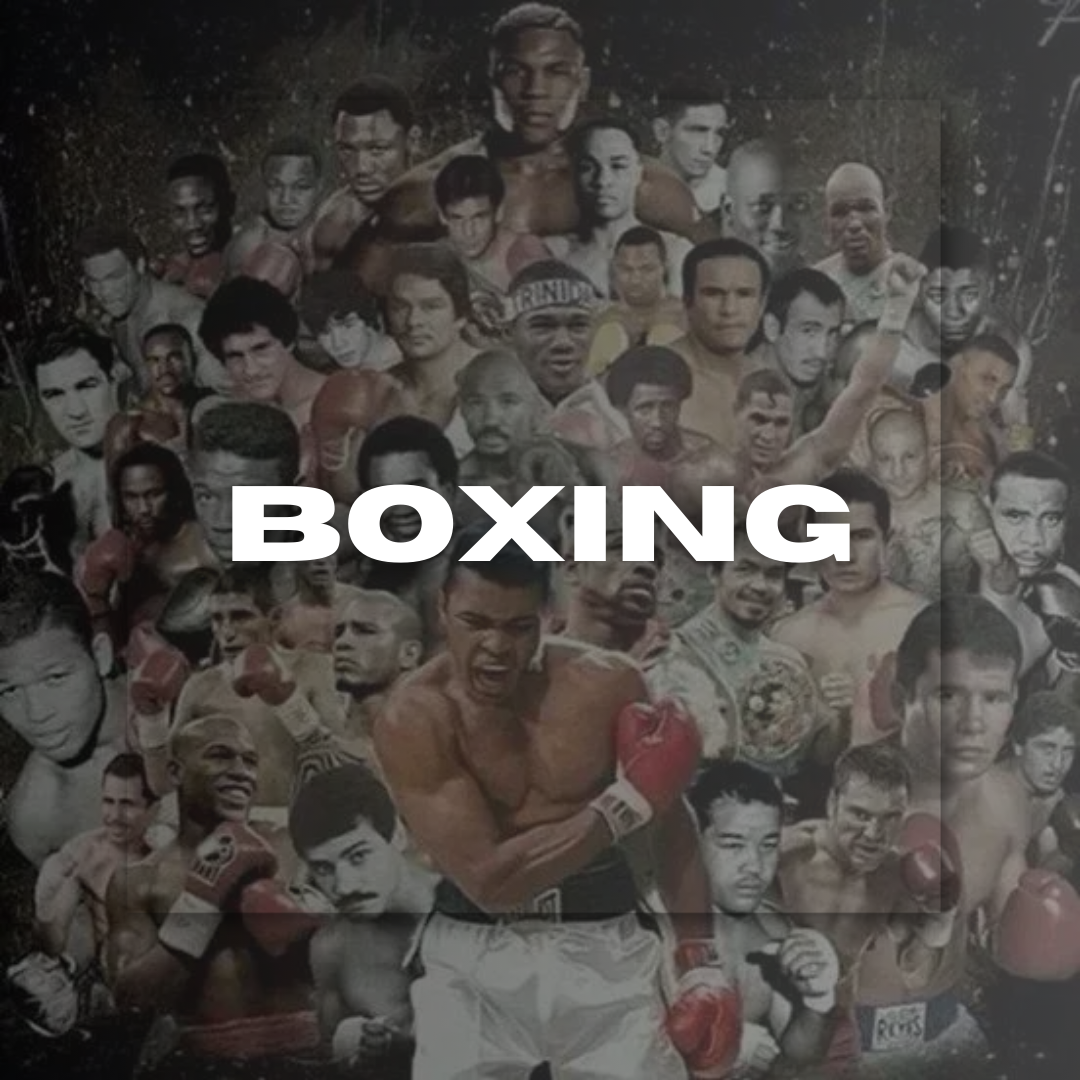
The Art of the Knockout: Analyzing Boxing's Most Iconic Fights
The Art of the Knockout: Analyzing Boxing's Most Icon...
By Edcel Panganiban August 07, 2024 00:45
The sport of boxing, known by the imprecise epithet "the sweet science," is distinguished for its complexity, strategy, and raw power. In the thrilling mix of elements that makes boxing so entertaining, a knockout is one triumphant moment in which every ounce of fight skill and ability is displayed. This Fan Arch piece will look into the science and art of delivering a knockout, providing an insight into some of the greatest fights in boxing history. Examining the big-picture strategy and specific technical and psychological principles behind them will give you a more holistic view of what distinguishes another knockout from legendary status.
The Anatomy of a Knockout
Knockouts happen when the downed fighter cannot continue fighting due to a blow that knocks them out cold, often while they're on their way up or struggling in some other context. A referee starts this process by counting to ten and attempting, which allows the fighter to do so during fights. If the wrestler cannot do this, knockout declares the opponent the winner.
The Biggest Factors in a Knockout
Well-Timed & Accurate: That step is largely determined by how well a fighter can land his punches. If it is done in a time of repose, an opponent will not expect you to hit at that exact moment, and the blow can be more devastating.
Method: The full-body punching method for the execution of knockout blows or power shots can be done with different types, such as hook, uppercut, and straight. These techniques give fighters an edge by allowing them to use their adversaries' weaknesses against them.
Mental Warfare: One can only imagine what mental impact this could have on boxers and their camps going into a bout. This type of psychological warfare is common among fighters as it can help to open up their enemies, making them vulnerable to strikes that could end the fight in one move.
Physical Conditioning: You can't have a fighter out there who is tired and weak; it's dangerous; anything could happen at that point. Athletes in better shape can sustain their power and speed up until the end of the fight, which means they can certainly land that knockout punch.
Boxing History: Top Knockout Fights of All-Time
Mike Tyson vs. Trevor Berbick (1986)
On November 22, 1986, a young Mike Tyson squared off against Trevor Berbick in what became one of the most famous knockouts in boxing history. Iron Mike became the WBC heavyweight champion. In two rounds, Tyson, who was just 20 years old at the time, claimed his first heavyweight title with a TK0.
Strategic Breakdown
Tyson's style of fighting was all about pressing forward continuously, amazing head movement, and no slow wear. He bridged the gap fast so that Berbick could not get off his long jab.
Tyson launched a succession of punches that ended with Berbick on the canvas when Iron Mike threw an uppercut. But the fight showed what Tyson could do when he simply overwhelmed his opposition with speed and power.
Muhammad Ali vs George Foreman (1974)
Rumble in the Jungle: This knockout happened during another iconic fight that featured Artless. Oct. 30,1974: Muhammad Ali battles George Foreman in Kinshasa Zaire
Strategic Breakdown
Ali would rest on the ropes, allowing Foreman to expend energy throwing punches. It was the key component in creating the knockout.
In round eight, The Greatest capitalized on Foreman's tiring; the two traded blows, but Ali punched his way to victory with a series of brutal punches and scored a knockout. Ali was able to thoroughly read Foreman's movements and counter them as well, which is why he won the fight.
Julio César Chávez vs. Meldrick Taylor -1990
It was a Memorable Knockout on March 17, 1990, when Julio César Chávez fought Meldrick Taylor. Chávez, a ring marauder with relentless pressure and power, if not peerless prowess, accepted the challenge of Taylor, whom he was trailing on all three scorecards heading into those final moments.
Strategic Breakdown
Taylor had been boxing circles around Chávez for 11 long rounds only to find himself pinned against the ropes in Round 12 as Chávez lowered the pressure. As always for Chávez, he could take a punch and keep coming forward, which proved vital.
Chávez landed many associated punches toward the back from the head in the last ten seconds of play, eventually resulting in your referee signaling for a TKO victory. A fight like this showed the value of persistence and taking advantage of an opponent running out of gas.
Rocky Marciano beats Jersey Joe Walcott (1952)
Another significant moment in the sport's history was Rocky Marciano's KO of Jersey Joe Walcott on September 23, 1952. In a heavyweight title fight, Marciano, renowned for his knockout power, faced Walcott.
Strategic Breakdown
Rocky has a clear advantage in this area. He could absorb punishment and remained pressing forward without fear of getting hurt. His nonstop pacing beat down his opponents, giving him many round knockouts.
Marciano finally finished off Walcott with a mighty right hand, the famed haymaker called the "Suzie-Q". This punch is sometimes referred to as one of the best in all boxing.
The knockout is as much a science of style and execution as it is a result of game planning, technique refinement, and mental toughness. Legends like Tyson, Ali, Chávez, and Marciano have really made the history of boxing with their iconic fights.
The long history since the era has evolved and passed, but it still reminds boxing people of many legacies, particularly with its will to win during a knockout. These are the legends that history shall always remember, and no matter your enthusiasm for the sport, from casual to committed fan levels, these tales will do nothing to scare you away.
LATEST
- NEWS
- |
- ARTICLES
- |
- VIDEOS






















































































